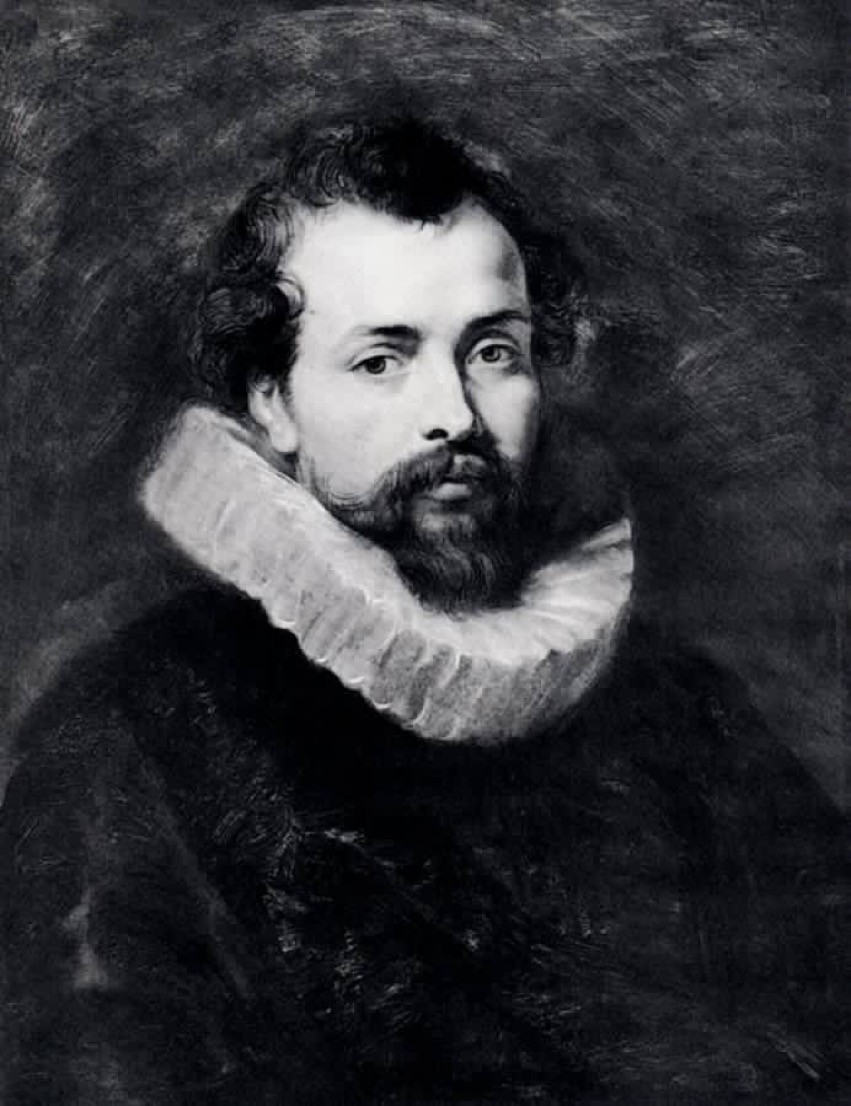The Masterpieces of Peter Paul Rubens: Exploring the Life and Art of the Baroque Genius
#### Introduction to Peter Paul RubensPeter Paul Rubens, a Flemish artist born in 1577, is celebrated as one of the most influential painters of the Baroque……
#### Introduction to Peter Paul Rubens
Peter Paul Rubens, a Flemish artist born in 1577, is celebrated as one of the most influential painters of the Baroque era. His work is characterized by vibrant colors, dynamic compositions, and a deep understanding of human emotion. Rubens' ability to convey movement and drama through his paintings has left a lasting impact on the art world, making him a pivotal figure in European art history.
#### The Artistic Style of Peter Paul Rubens
Rubens' artistic style is often described as exuberant and theatrical. He mastered the use of light and shadow, creating a sense of depth and volume that brought his subjects to life. His paintings often feature mythological and historical themes, populated by robust figures and intricate details. The use of rich, saturated colors is a hallmark of his work, which draws viewers into the emotional intensity of the scenes he depicts.

#### Major Works of Peter Paul Rubens
Some of Rubens' most renowned works include "The Descent from the Cross," "The Elevation of the Cross," and "The Garden of Love." Each piece showcases his exceptional skill in portraying the human figure and his talent for storytelling through visual art. "The Descent from the Cross," for example, captures a moment of profound sorrow and reverence, with figures that seem to pulsate with life and emotion.
#### Rubens' Influence on Future Generations
Peter Paul Rubens' influence extends far beyond his own lifetime. His work inspired countless artists, including the likes of Antoine Watteau and Jean-Antoine Van Dyck, who were drawn to his mastery of color and form. The Baroque style, which Rubens helped to define, continued to resonate throughout the centuries, influencing movements such as Rococo and Neoclassicism.

#### Rubens and His Legacy
Rubens' legacy is not only evident in the art world but also in the cultural fabric of Europe. His ability to blend classical themes with contemporary issues of his time allowed his art to resonate with a wide audience. Today, his works are housed in prestigious museums around the world, including the Prado Museum in Madrid and the Louvre in Paris, where they continue to inspire and captivate art lovers.
#### Conclusion: The Enduring Appeal of Peter Paul Rubens
The enduring appeal of Peter Paul Rubens lies in his ability to capture the complexities of the human experience through his art. His works invite viewers to explore themes of love, conflict, and the divine, all rendered with a vibrancy that transcends time. As we continue to study and appreciate his contributions to art, Rubens remains a testament to the power of creativity and the profound impact that one artist can have on the world.

In summary, Peter Paul Rubens is not just a name in art history; he is a symbol of the Baroque period's richness and emotional depth. His masterpieces continue to be celebrated for their beauty and technical prowess, ensuring that his legacy endures for generations to come.